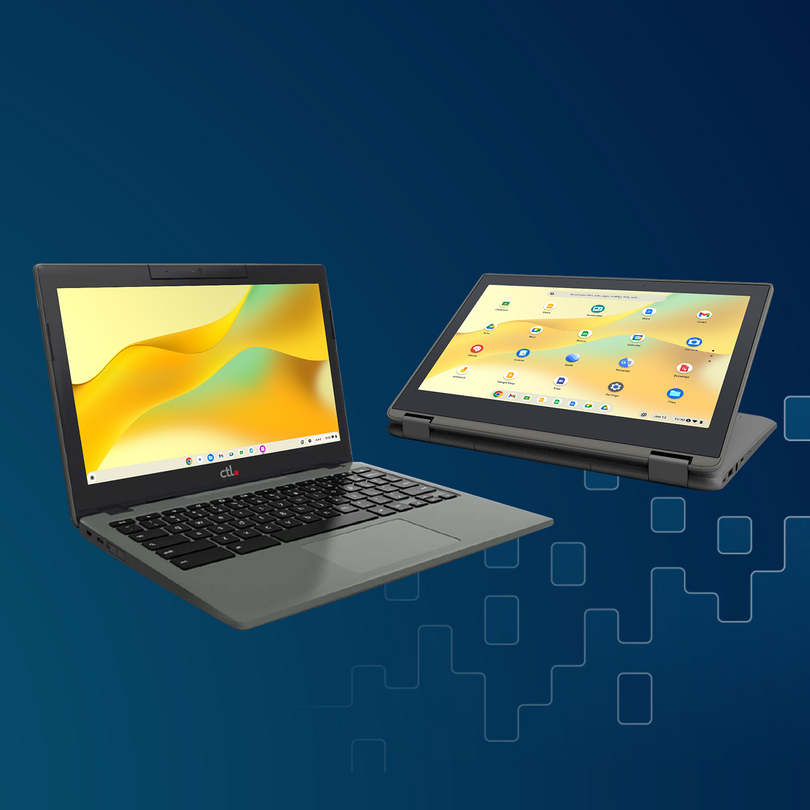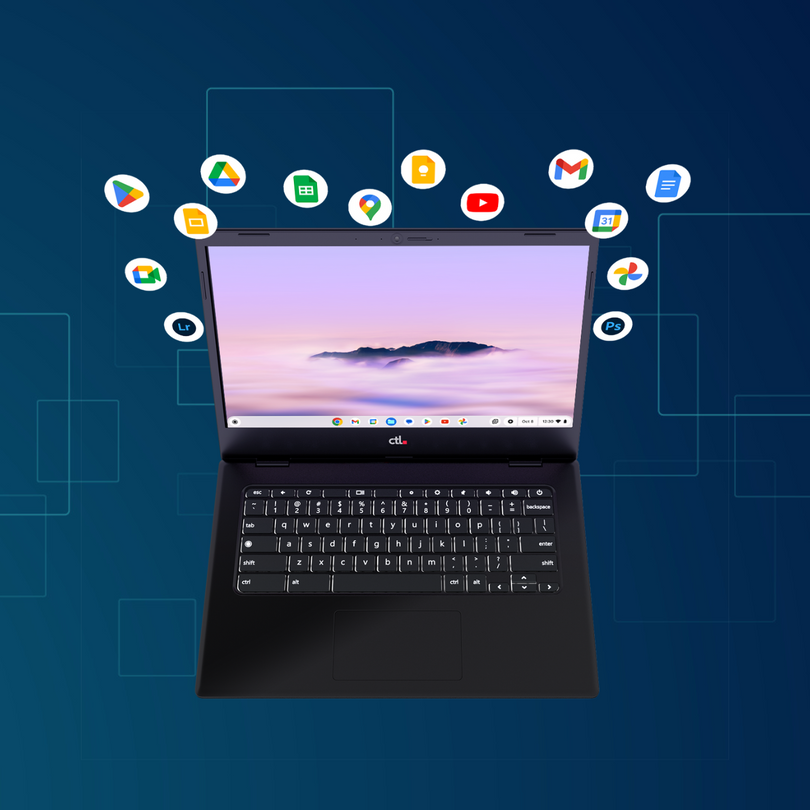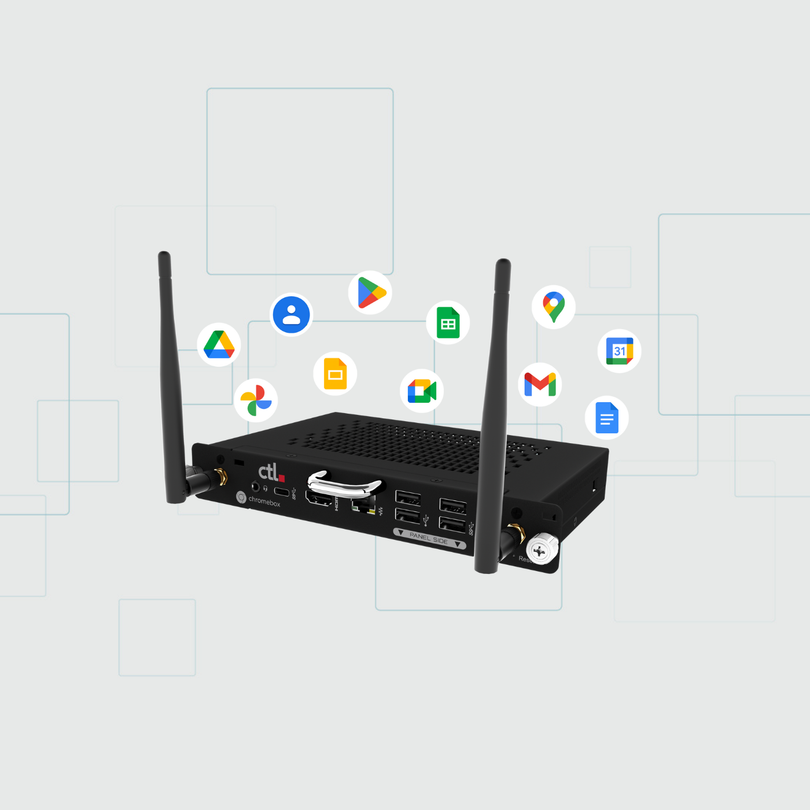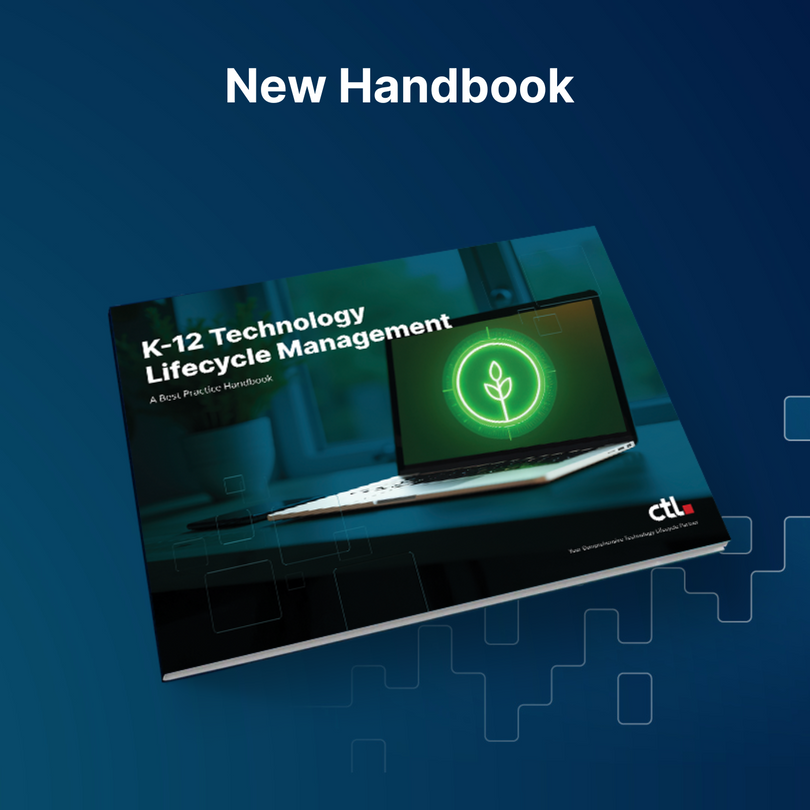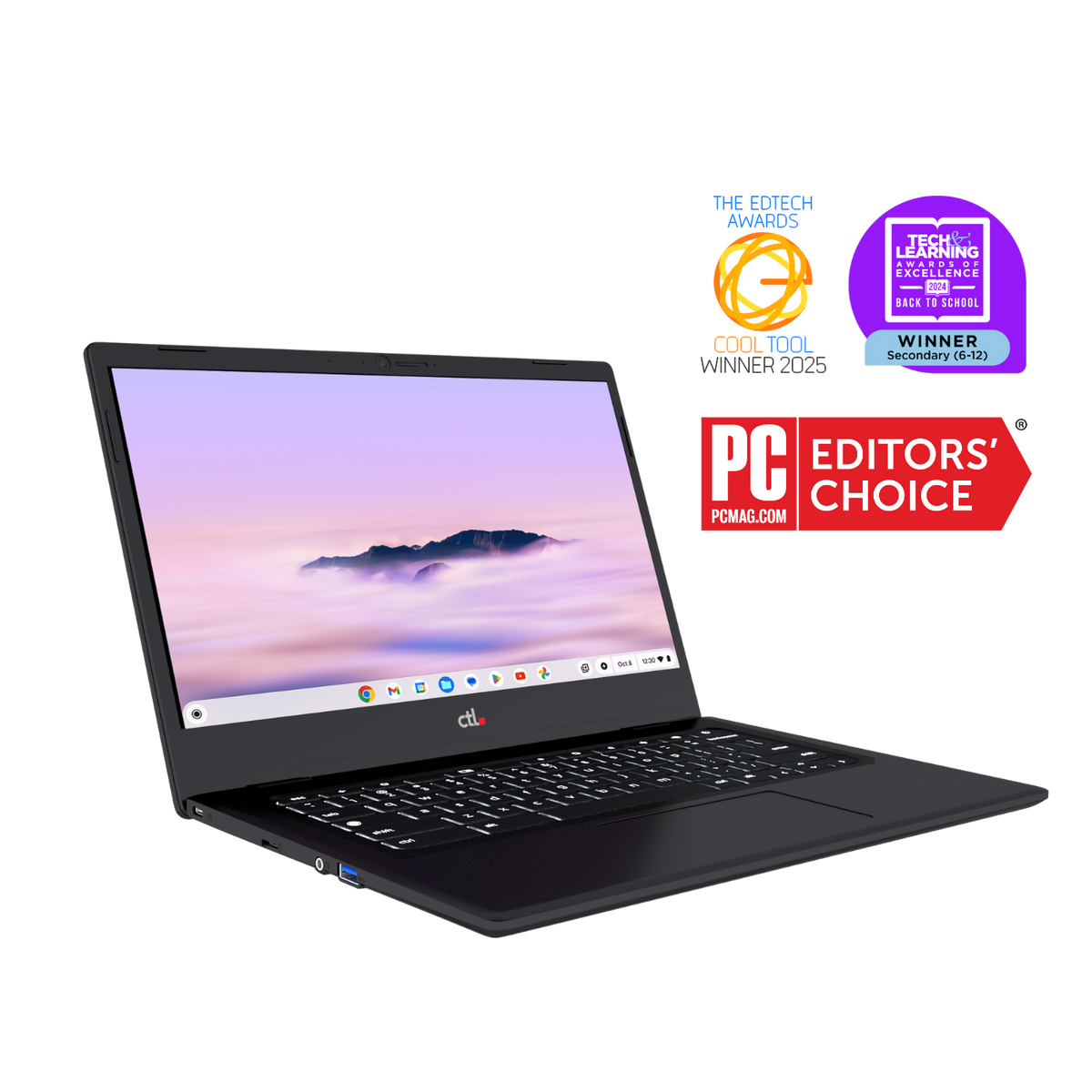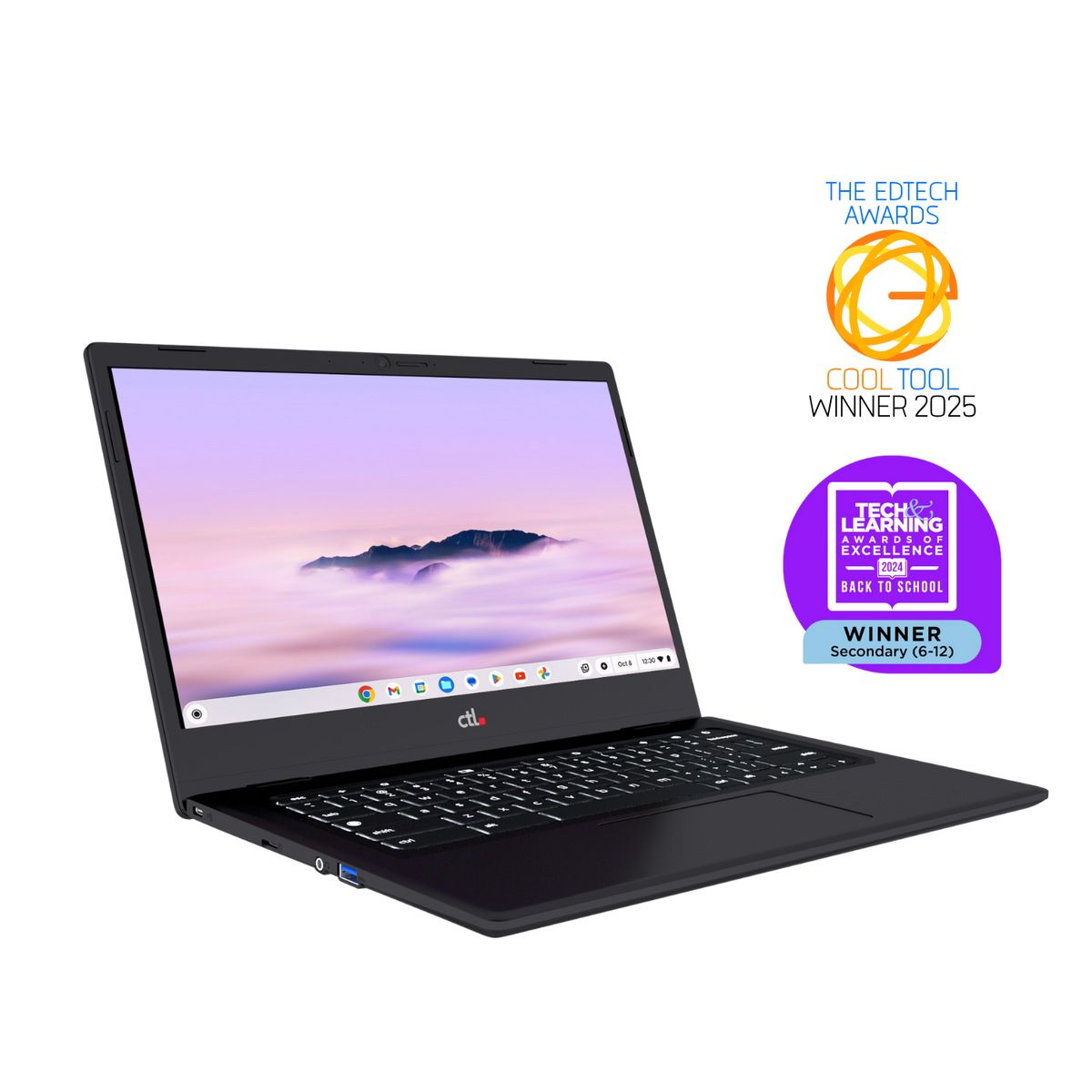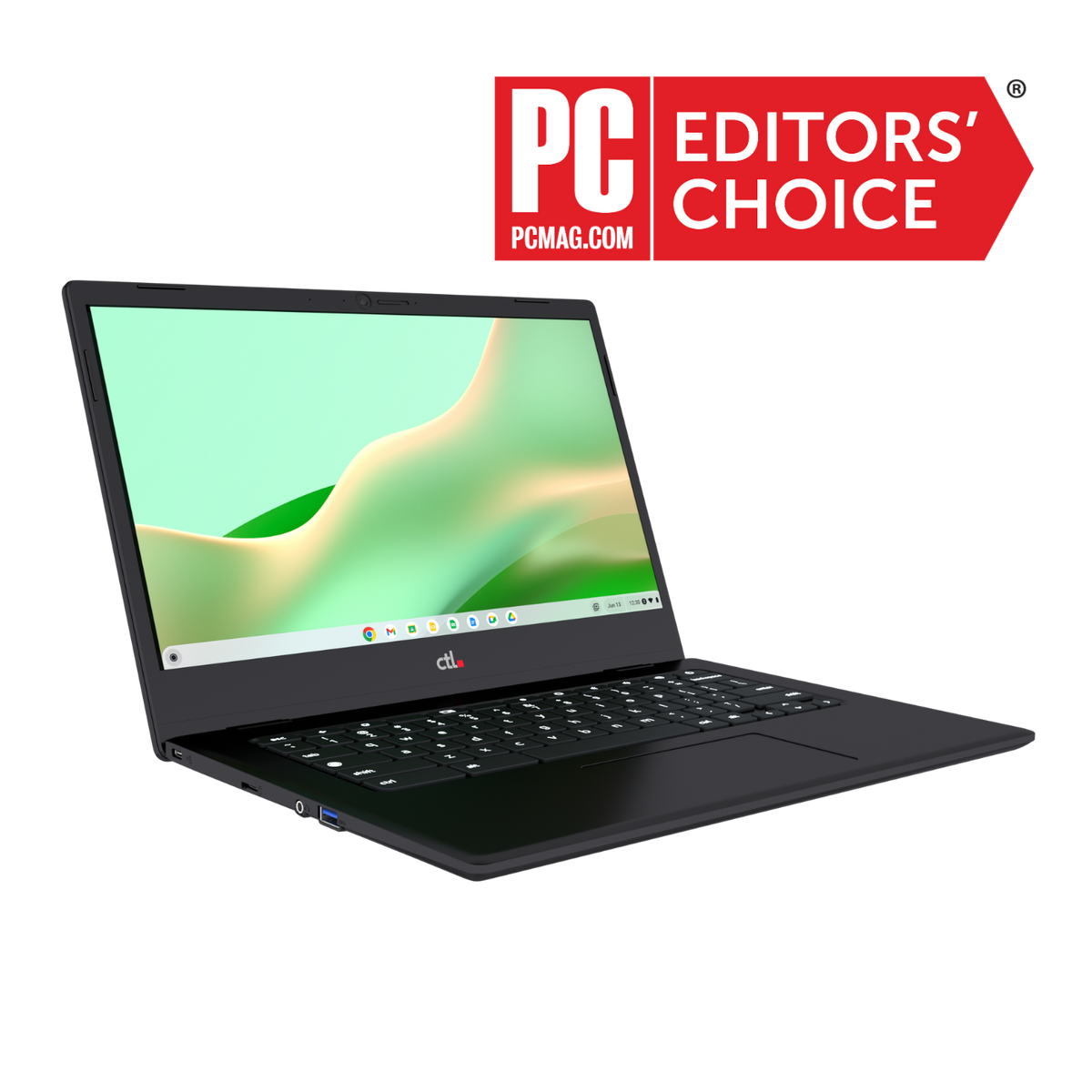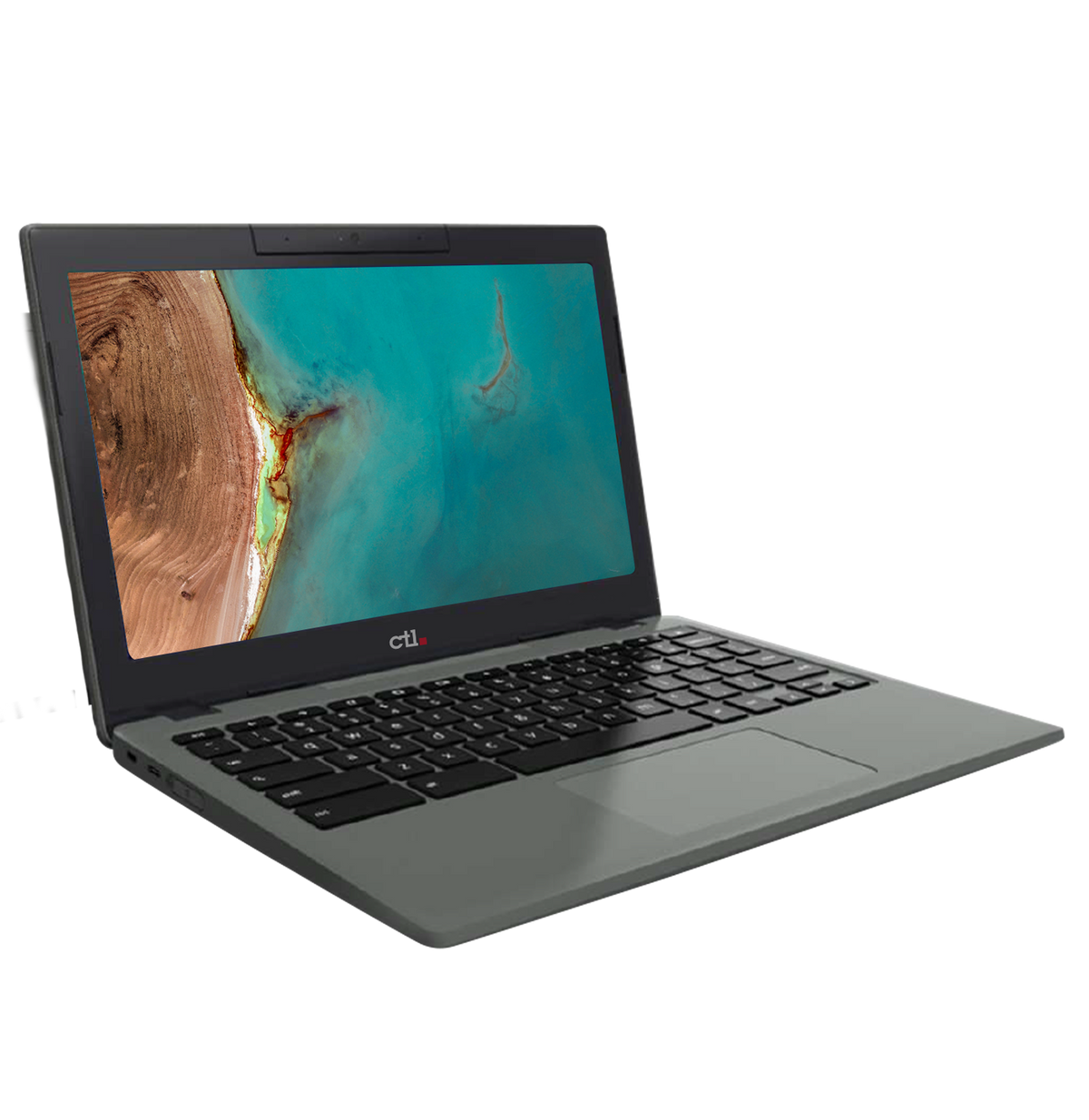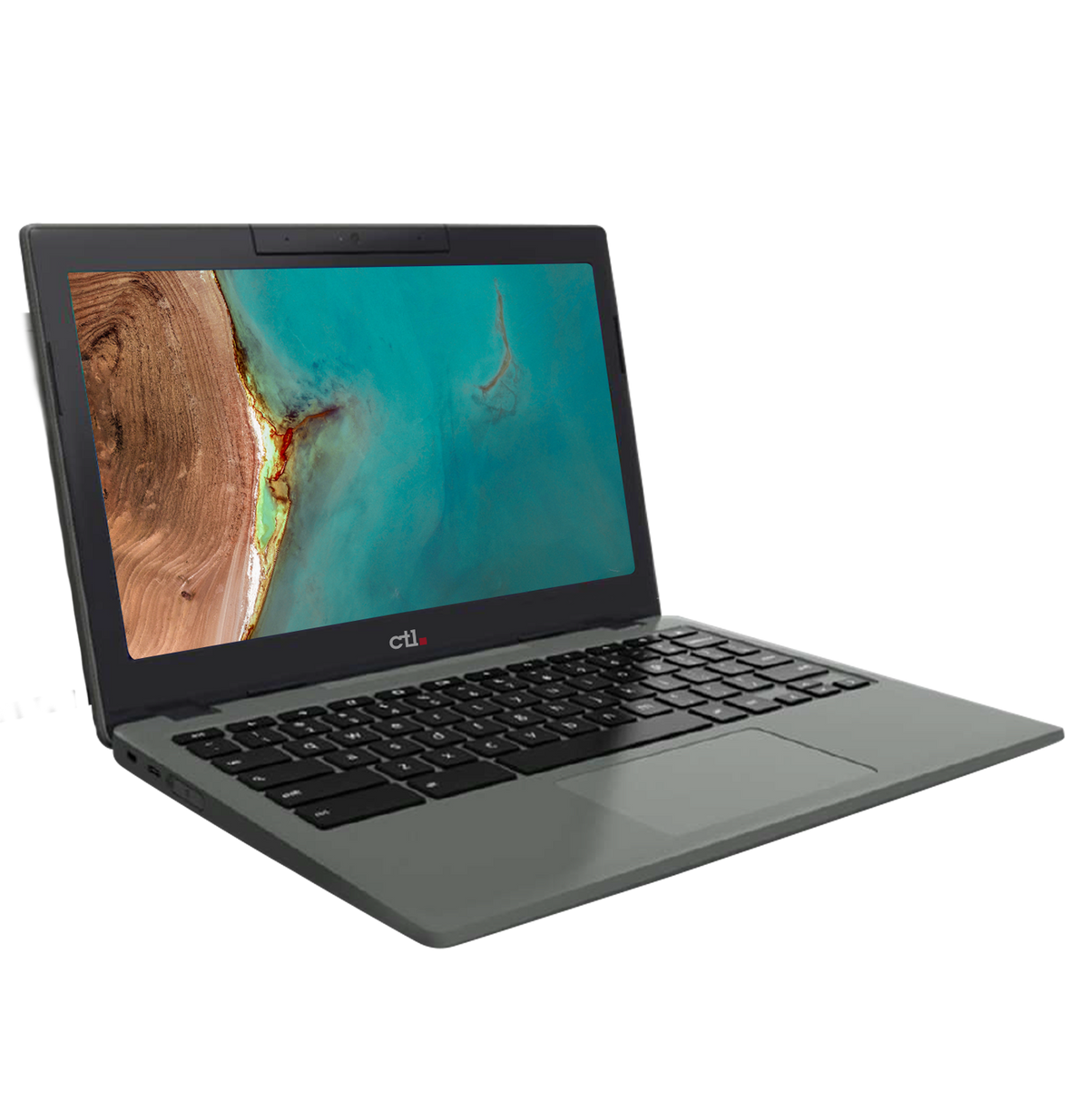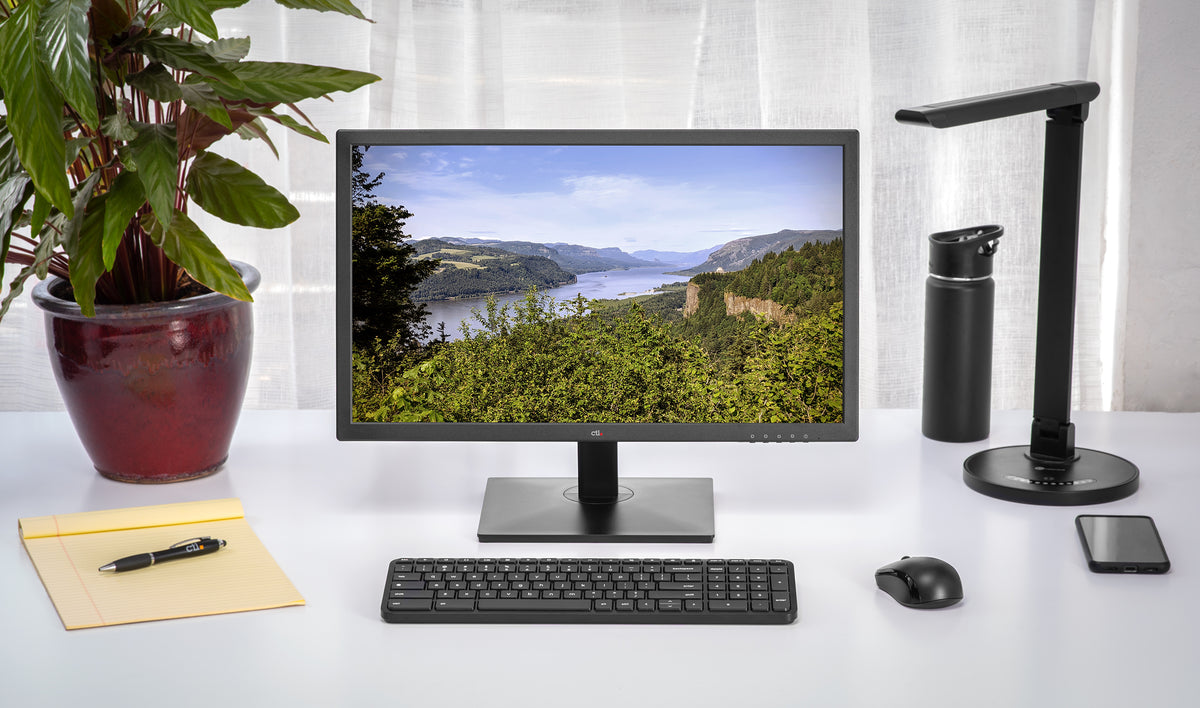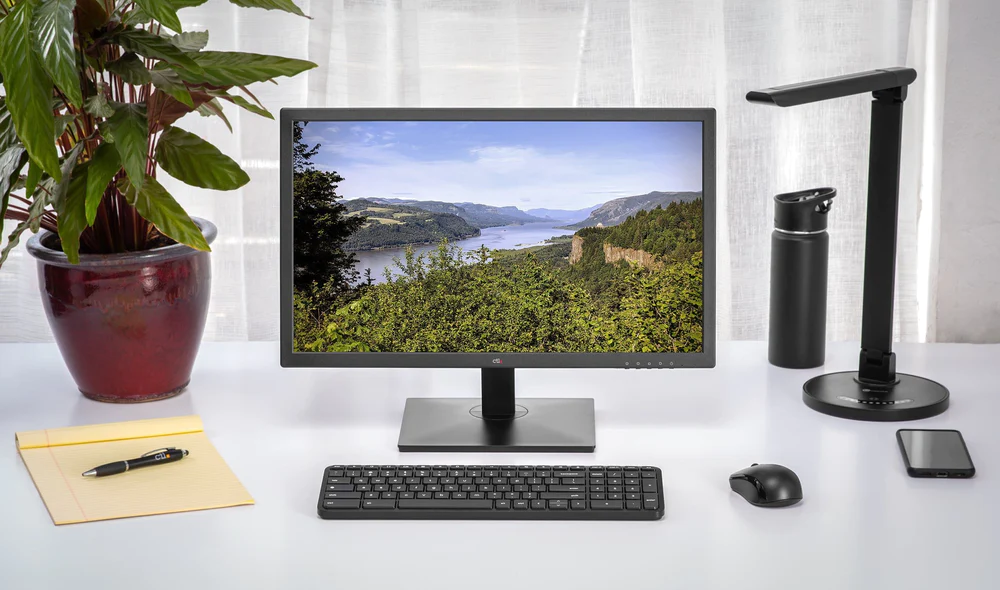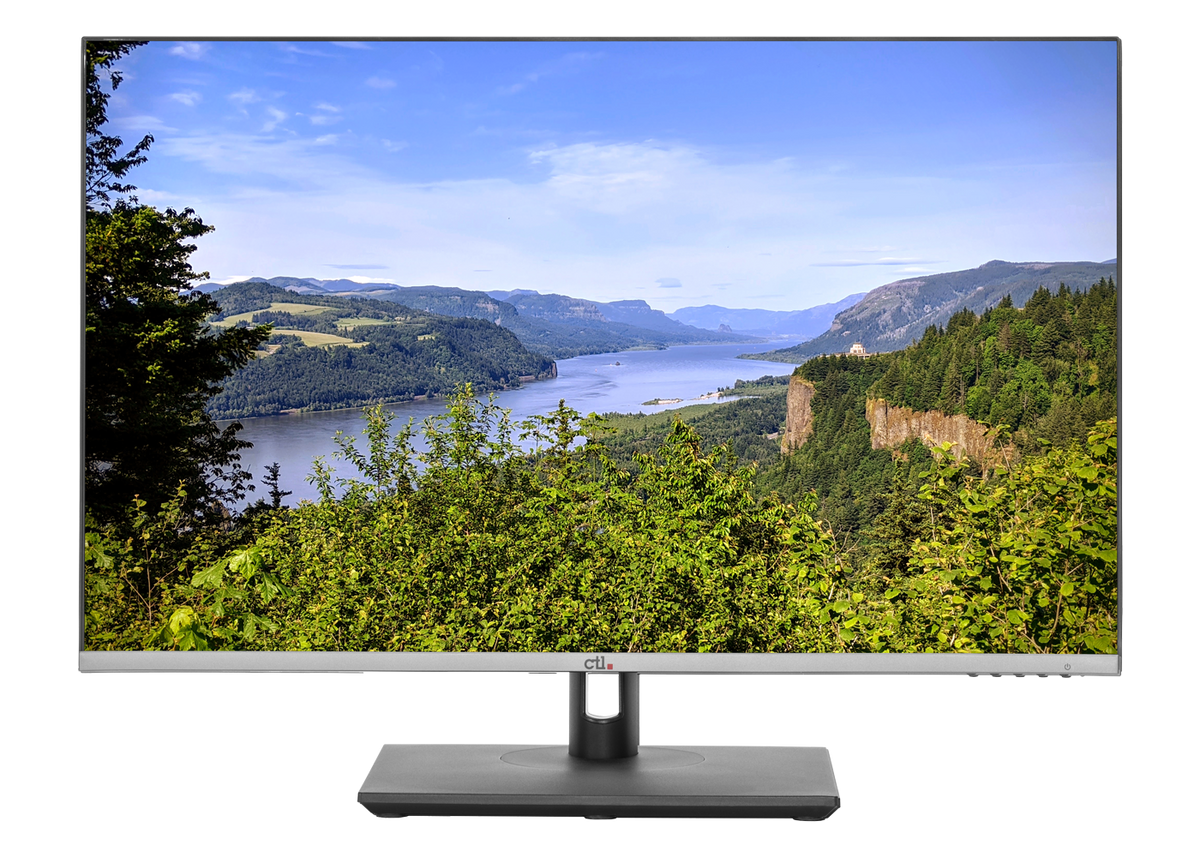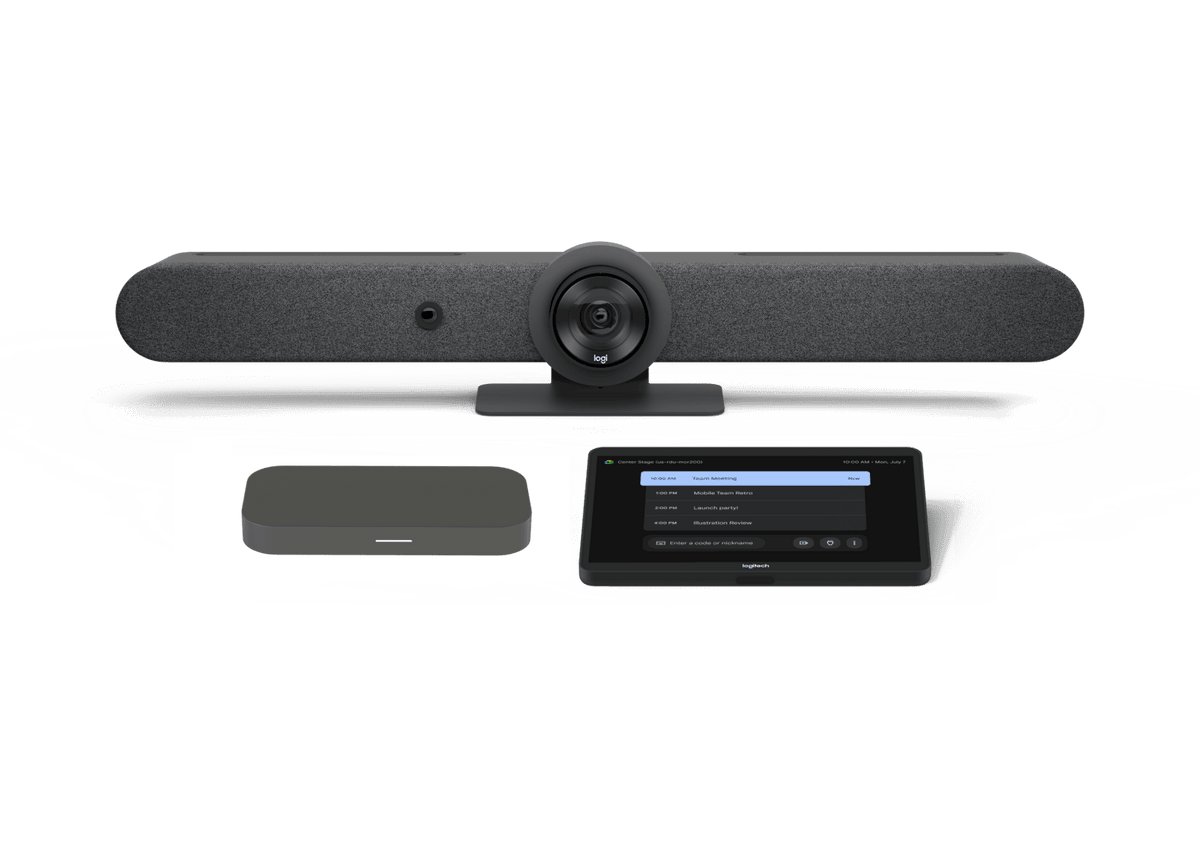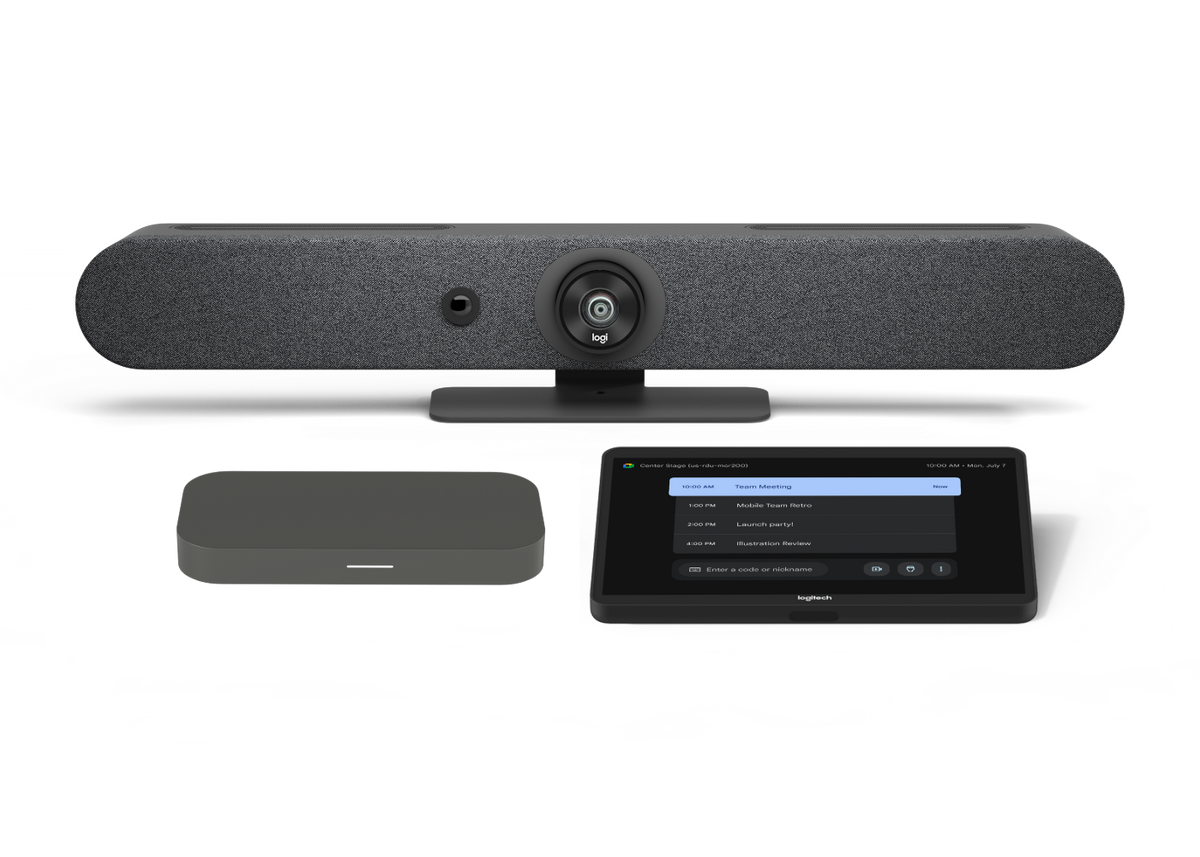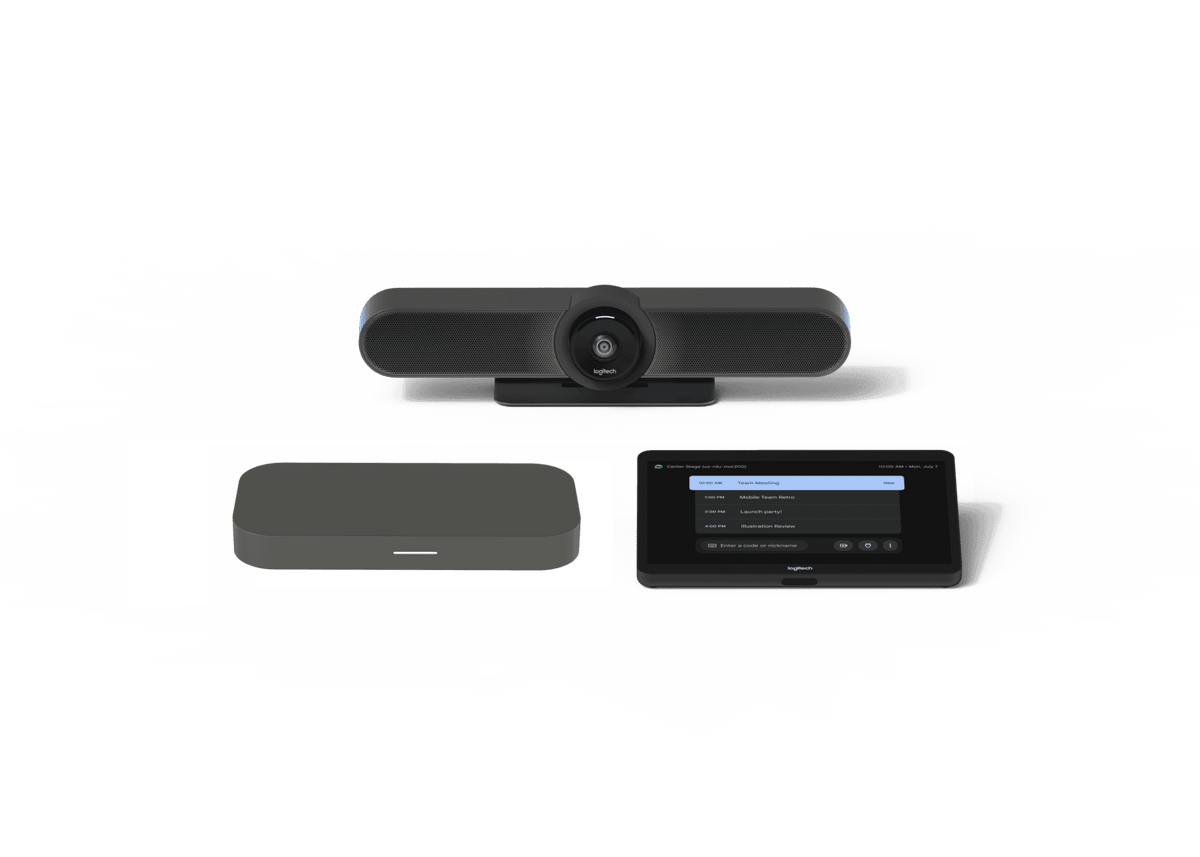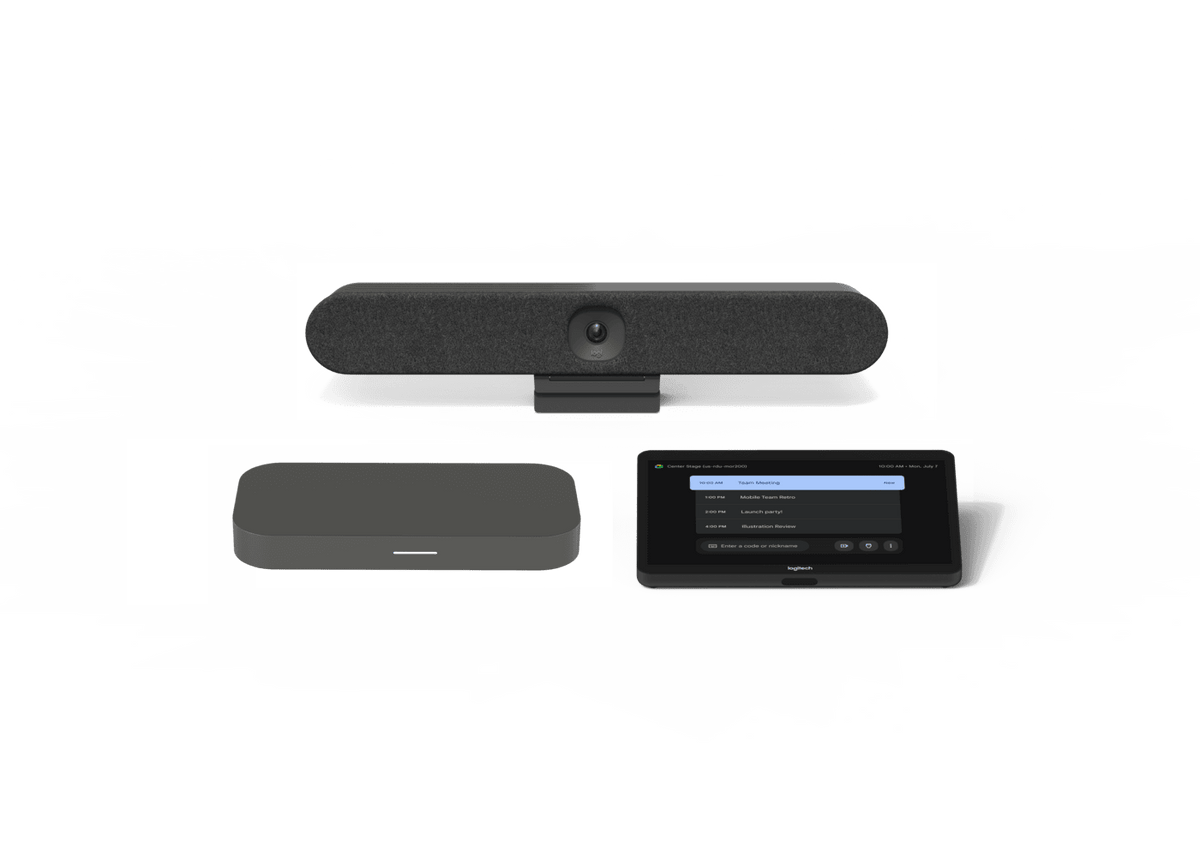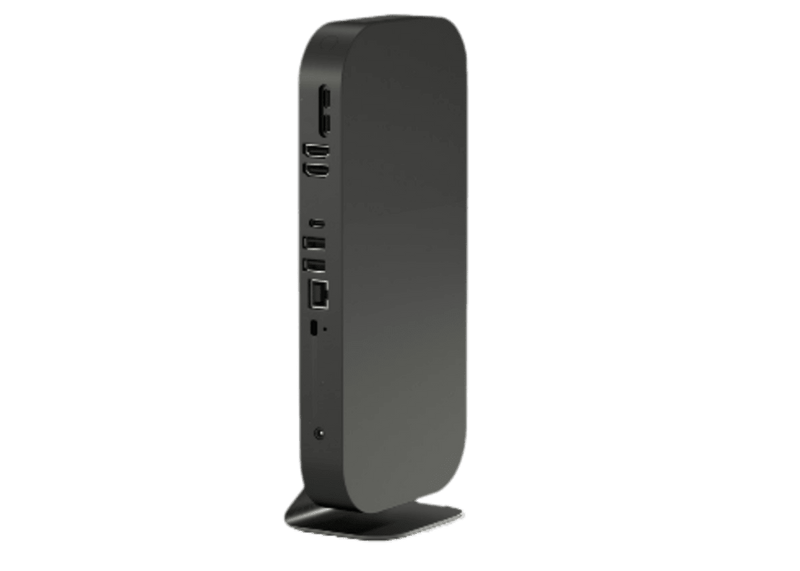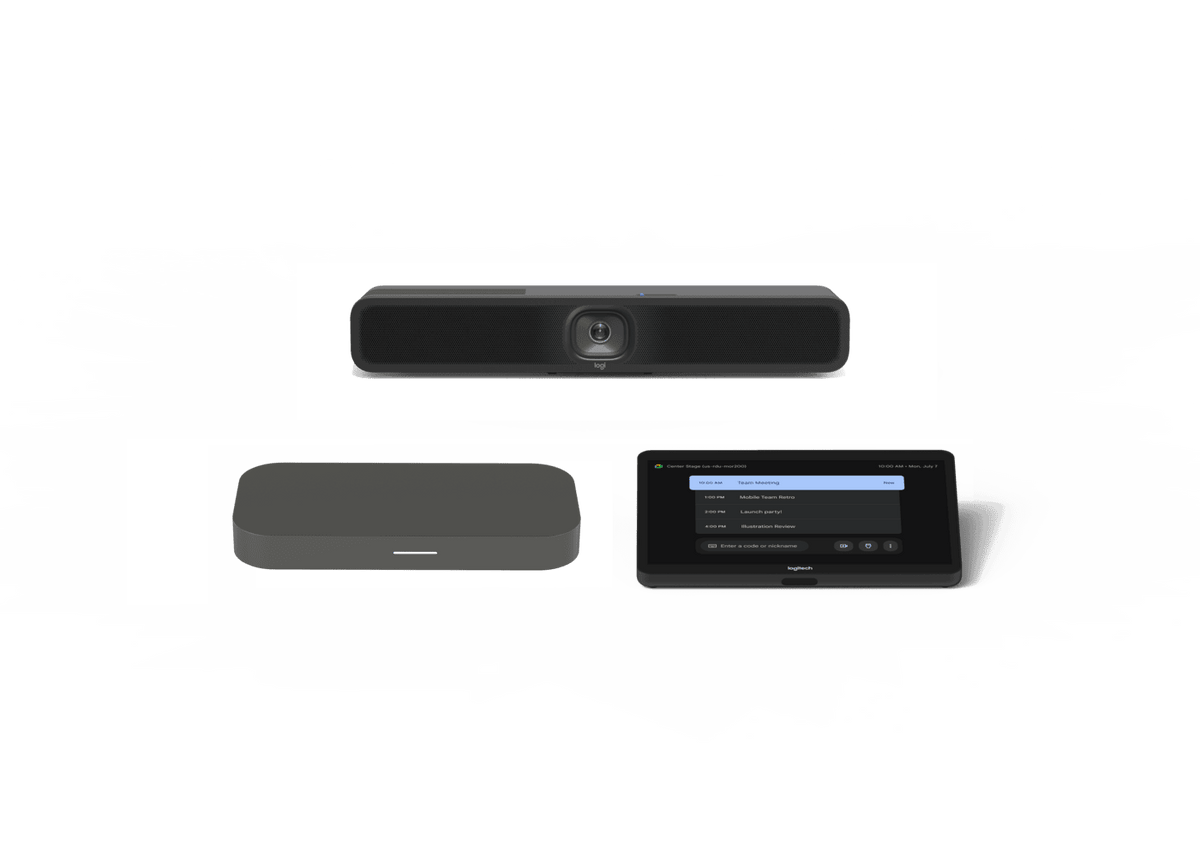Security on digital devices is a top global concern, as evidenced by the recent update error from third-party security vendor CrowdStrike that caused a worldwide outage on Windows computers. When choosing an operating system, understanding how it protects your data is crucial. While Windows has dominated the market for decades, ChromeOS has emerged as a compelling alternative, particularly when it comes to security. This article delves into the key security philosophies and differences between these two operating systems.
- Attack Surface: Smaller Target, Less Risk
One fundamental difference lies in the underlying architecture. ChromeOS utilizes a lightweight Linux kernel hardened for security. This streamlined approach creates a significantly smaller attack surface compared to Windows. Windows, with its vast ecosystem of applications and functionalities, presents more potential entry points for malicious actors to exploit.
Think of it like a castle. ChromeOS is a minimalist fortress, with only essential features accessible from outside. Windows, on the other hand, resembles a sprawling medieval city – bustling with activity but inherently more vulnerable to breaches.
- Sandboxing: Isolating Threats, Minimizing Damage
ChromeOS heavily leverages sandboxing, a security technique that isolates applications and processes within virtual containers. Each extension, website, and Android app runs in its own sandbox, unable to directly access other parts of the system or your data. Even if a malicious program infiltrates one sandbox, the damage is contained, preventing it from compromising the entire system. This layered defense stands in stark contrast to Windows, where a single malware infection can potentially wreak havoc across the entire OS.
Imagine a classroom with individual cubicles for each student. This is how ChromeOS isolates applications, preventing the "troublemaker" from disrupting the entire class. In a traditional Windows classroom, students mingle freely, increasing the chances of chaos if one becomes disruptive.
- Automated Updates: Always One Step Ahead
ChromeOS automates the update process, ensuring users are always protected by the latest security patches. Updates are seamless and often deployed in the background, eliminating the need for user intervention. This proactive approach stands in stark contrast to Windows, where users often delay or neglect updates, leaving themselves vulnerable to known exploits.
Think of it like a knight receiving new armor upgrades automatically. In ChromeOS, you're constantly outfitted with the latest defenses. Windows relies on users to actively seek out new armor, leaving them potentially exposed in the meantime.
- Verified Boot: Trusting Only the Essentials
ChromeOS utilizes verified boot, a security feature that verifies the integrity of the operating system before booting. This ensures only authorized and verified code loads during startup, preventing malware from hijacking the process. Windows 10 and earlier, still running millions of devices, offers some secure boot features, relies more heavily on third-party software for this functionality.
Imagine a castle gate that only opens for authorized visitors after a thorough inspection. Verified boot in ChromeOS acts as a digital gatekeeper, ensuring only legitimate code enters the system.
- App Ecosystem: Curated vs. Wild West
ChromeOS primarily relies on web apps and verified Android applications from the Google Play Store. This curated approach minimizes the risk of users installing malicious software inadvertently. Windows, on the other hand, allows users to install applications from virtually anywhere on the internet, significantly increasing the risk of malware infections. Additionally, Microsoft relies on 3rd party security system vendors, including Crowdstrike, which can introduce additional potential for security update errors and outages.
Think of it like your local grocery store versus an open-air market. In ChromeOS, you're buying pre-packaged, inspected apps from a trusted source. Windows allows you to buy anything from anyone, potentially exposing you to contaminated goods.
Beyond the Technical: User Behavior and the Cloud
It's important to acknowledge that security isn't solely about the operating system. User behavior plays a crucial role. Both ChromeOS and Windows benefit from responsible user practices, such as avoiding suspicious websites and exercising caution with email attachments.
Additionally, ChromeOS's reliance on cloud-based storage and applications adds another layer of security. Data is stored remotely in Google's secure data centers, making it less susceptible to physical theft or local device failures.
Conclusion: A Security-First Philosophy
ChromeOS prioritizes security by design. Its architecture, sandboxing, automated updates, verified boot, and curated app ecosystem combine to create a demonstrably more secure environment compared to Windows. While Windows offers greater flexibility and a wider range of software options, these come at the expense of a larger attack surface and increased vulnerability to malware.
For IT administrators who prioritize online security and a streamlined experience, ChromeOS stands as a compelling choice. Its inherent security architecture provides peace of mind, enabling you to focus on deploying smart cloud computing solutions without constant worry about cyber threats.
About CTL
CTL is a cloud-computing manufacturer of ChromeOS devices including Chromebooks, Chromebox, and Google Meet Compute Systems for enterprise and education customers. Talk to us about creating innovative, secure cloud computing solutions with ChromeOS devices.




